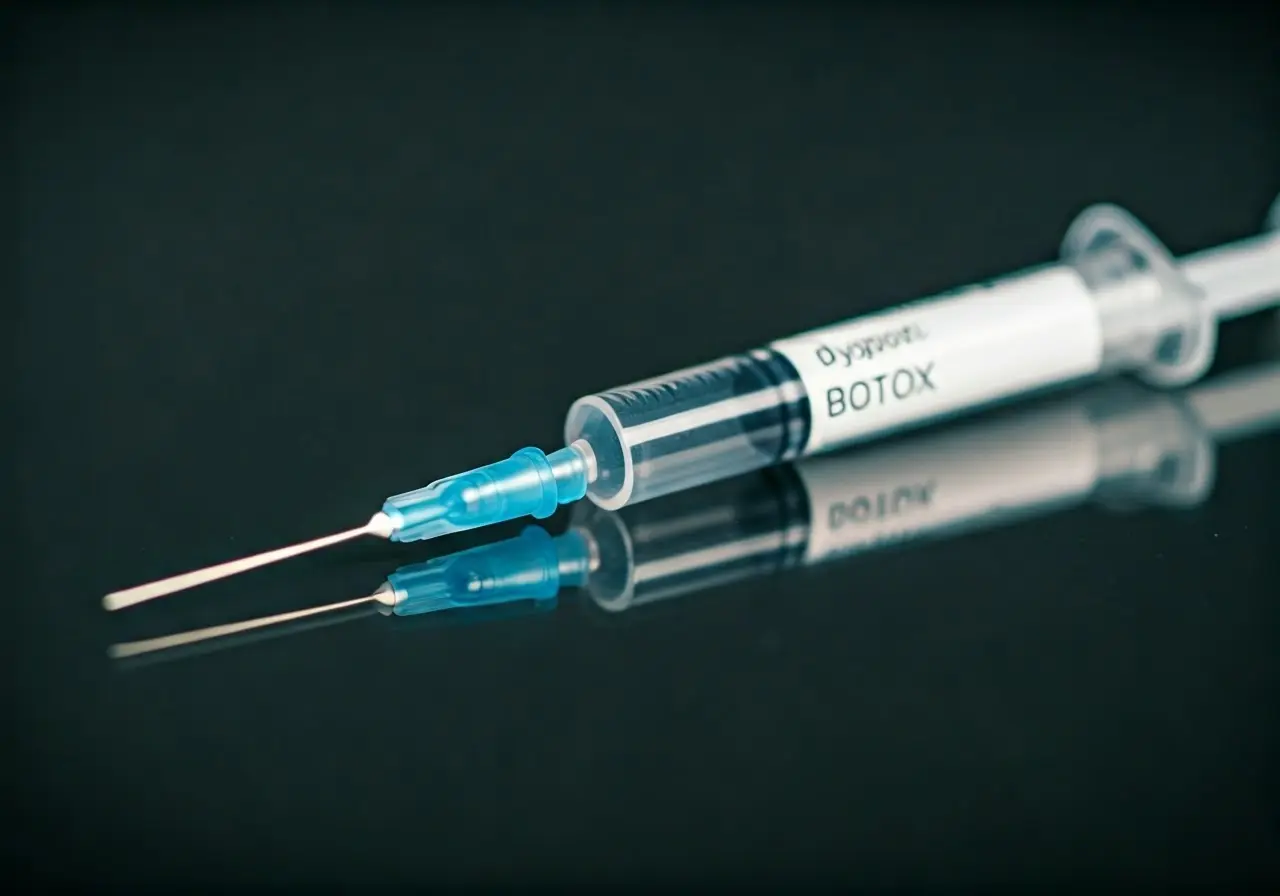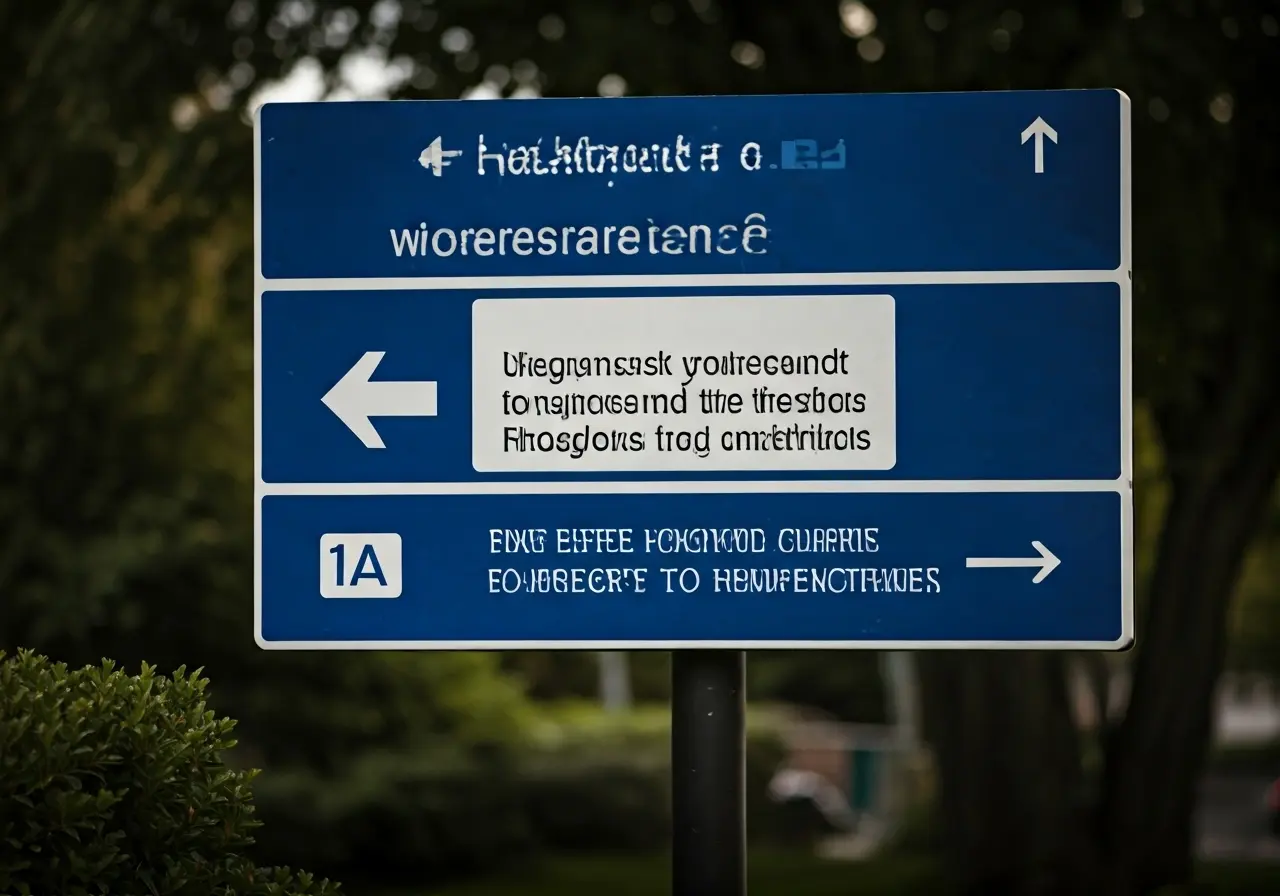When it comes to reducing wrinkles and achieving a smoother complexion, Dysport and Botox are often at the forefront of the conversation. While both treatments aim to give you a more youthful appearance, they have their own unique characteristics and differences. In this FAQ guide, we’ll break down everything you need to know about Dysport and Botox, how they compare, and what to consider when choosing between them.
What Are Dysport and Botox?
Both Dysport and Botox are neuromodulators, which are used to temporarily relax muscles and reduce facial wrinkles. They are made from botulinum toxin, but formulated differently by their respective manufacturers.
While they may seem similar at first glance, it’s the formulation differences that make them unique. Dysport has smaller molecules, which enables it to diffuse quickly into tissues. Consequently, it may be preferred for larger surface areas where more diffusion is required. Conversely, Botox has larger molecules that remain closer to the injection site, making it ideal for targeting specific, smaller areas.
Deciding between these two can be challenging, given their underlying similarities. Consider exploring our treatment options, where we provide a comprehensive overview to help you make a well-informed choice.
How Do They Work?
Dysport and Botox work by blocking the nerve signals that cause muscles to contract, which helps to smooth out the appearance of lines and wrinkles. Although they function in a similar way, their specific formulations cause slight differences in how they affect the skin.
The science behind these treatments is fascinating. Blocking the neurotransmitter acetylcholine, Dysport and Botox essentially induce a mild and controlled paralysis in targeted muscles. This physical response prevents the skin from creasing further, which is often what leads to visible wrinkles.
Muscle relaxation through these treatments doesn’t just stop a wrinkle in its formation. It also provides the skin time to recover from the stresses of repeated movement, allowing collagen to bolster those areas naturally over time.
Choosing between Dysport or Botox frequently comes down to patient preference and how their body responds to such treatments, which can only be determined under the guidance of an expert practitioner. At CityHealth, our professionals offer personalized consultations to better tailor treatments to individual needs.
Differences in Onset and Duration
One of the main differences is how quickly each treatment shows results and how long they last. Patients often report that Dysport kicks in slightly faster than Botox. However, the duration of the effect can vary depending on several factors, including dosage and individual metabolism.
Generally, Dysport may start showing visible results in as little as 24 hours, whereas Botox may take a bit longer, potentially up to 72 hours. For many, this rapid onset of action may be a crucial deciding factor if results are needed quickly.
The longevity of results from these treatments can also differ. Dysport’s effects may last three to four months, with Botox offering similar or slightly longer durability. Individual experiences vary, making professional consultation key in selecting the appropriate option.
Which Areas of the Face Do They Target?
Both treatments can be used to treat similar areas, including frown lines, crow’s feet, and forehead wrinkles. However, Dysport tends to spread more readily, which can be advantageous for larger areas but requires precise application by a skilled practitioner.
For those considering treatments for specific problem areas, not only do these neuromodulators work similarly, but each treatment can provide distinctive benefits. It’s crucial to discuss these options with your provider to determine which treatment best aligns with your aesthetic goals.
Our team at CityHealth is committed to guiding you through these options, ensuring each step of the process is tailored to your personal cosmetic needs.
Choosing the Right Treatment for You
The choice between Dysport and Botox should be based on your specific aesthetic goals, budget, and any medical considerations. Consulting with a certified and experienced professional can help guide you to the right decision.
Personalized care is at the core of effective cosmetic treatments. Understanding the nuances between these two options is paramount, as each has its benefits depending on what one hopes to achieve.
Considerations might include how soon you’d like to see results or how long treatments should last before requiring follow-up care. For holistic guidance, visit us at CityHealth to learn more about creating a personalized treatment plan.
Making an Informed Choice: Dysport vs. Botox
Understanding the differences between Dysport and Botox can help you make an informed decision about which treatment is best suited for your needs. By considering factors such as onset time, treatment area, and longevity, along with consulting a qualified professional, you can achieve the youthful look you desire with confidence. For more comprehensive care and guidance, explore our offerings at CityHealth.





